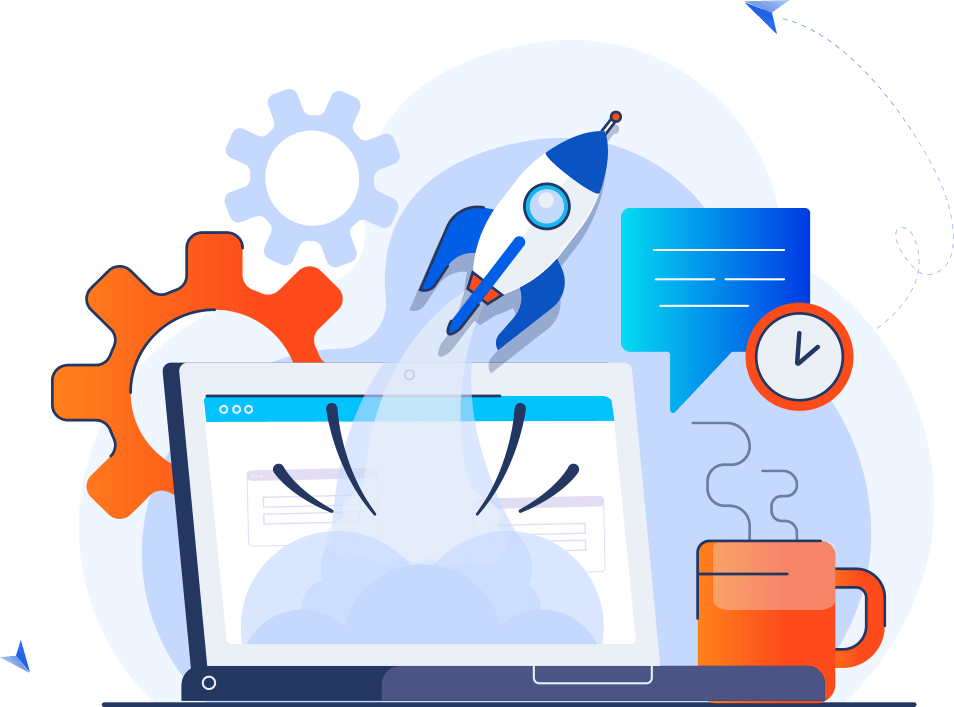In 2025, technical SEO remains the backbone of a high-performing website. While content and backlinks are crucial, without a solid technical foundation, your site may struggle to achieve optimal visibility in search engines. Over the years, I’ve optimized numerous websites, and consistently, technical SEO has proven to be the differentiator between mediocre and outstanding performance.
What Is Technical SEO?
Technical SEO refers to the process of optimizing your website’s infrastructure to ensure that search engines can crawl, index, and render your site efficiently. It’s about creating a seamless experience for both users and search engine bots.
For instance, on one of my e-commerce sites, addressing issues like broken links and optimizing the site’s structure led to a 35% increase in organic traffic within three months.
Why Technical SEO Matters in 2025
Search engines have become increasingly sophisticated, with a heavy focus on user experience. Factors like site speed, mobile-friendliness, and secure connections are no longer optional they’re essential.
A recent update emphasized the importance of Core Web Vitals, making it clear that technical aspects directly impact rankings. Neglecting these can result in decreased visibility, regardless of content quality.
Website Architecture and Crawlability
A well-structured website facilitates easier navigation for users and efficient crawling for search engines. Implementing a logical hierarchy, using breadcrumb menus, and ensuring a clear URL structure are pivotal.
In one project, restructuring the site’s architecture reduced the crawl depth, leading to faster indexing of new pages.
URL Structure Best Practices
Clean and descriptive URLs enhance user experience and provide clarity to search engines. Avoiding unnecessary parameters and ensuring consistency can prevent indexing issues.
For example, changing URLs from www.example.com/page?id=123 to www.example.com/product-name improved click-through rates by 20% on one of my affiliate sites.

Mobile Optimization in 2025
With mobile-first indexing, ensuring your site is mobile-friendly is paramount. Responsive design, fast loading times, and intuitive navigation on mobile devices contribute to better rankings and user retention.
After implementing a mobile-responsive design on a client’s site, we observed a 25% decrease in bounce rates and a 15% increase in session duration.
Site Speed & Core Web Vitals
Page speed directly affects user experience and rankings. Core Web Vitals – Largest Contentful Paint (LCP), First Input Delay (FID), and Cumulative Layout Shift (CLS) are critical metrics to monitor.
Utilizing tools like PageSpeed Insights can help identify areas for improvement. On my blog, optimizing images and leveraging browser caching improved LCP by 1.2 seconds.
HTTPS and Security
Security is a trust signal for both users and search engines. Implementing HTTPS encrypts data, ensuring user information is protected.
Transitioning a client’s site to HTTPS not only improved trustworthiness but also led to a slight uptick in rankings, reflecting search engines’ preference for secure sites.
Structured Data & Schema Markup
Implementing structured data helps search engines understand your content and write better with a content pillar strategy, enabling rich results in SERPs. Using a schema for products, reviews, and FAQs can enhance visibility.
On my On-Page SEO Services page, adding FAQ schema resulted in an increase in click-through rates due to the expanded search result listings.
Crawl Errors and Fixes
Regularly monitoring crawl errors ensures that search engines can access your content. Tools like Google Search Console provide insights into issues like 404 errors or server errors.
Addressing these promptly maintains site health and ensures optimal indexing.
Indexing: What Should and Shouldn’t Be Indexed
Not all pages need to be indexed. Using noindex tags for thin content or duplicate pages prevents dilution of your site’s authority.
For example, I applied noindex to tag pages on a blog, focusing crawl budget on high-value content, which improved overall site rankings.
International and Multilingual SEO
For sites targeting multiple regions or languages, implementing hreflang tags ensures users see content tailored to their locale. This prevents duplicate content issues and improves user experience.
In a project targeting both UK and US audiences, correctly setting hreflang attributes led to a 30% increase in organic traffic from the respective regions.
Technical SEO Tools I Personally Use
Over the years, I’ve relied on various tools to streamline technical SEO tasks:
- Google Search Console: This is used to monitor site performance and index issues.
- Screaming Frog SEO Spider: To crawl websites and identify technical issues.
- Ahrefs: For backlink analysis and site audits.
- GTmetrix: To assess page speed and performance.
These tools have been instrumental in diagnosing and fixing issues across my projects.
Common Technical SEO Mistakes to Avoid

Avoiding common pitfalls can save time and resources:
- Blocking important pages via robots.txt.
- Neglecting mobile optimization.
- Using duplicate title tags and meta descriptions.
- Ignoring structured data implementation.
Regular audits help in identifying and rectifying these issues promptly.
How to Audit Your Website for Technical SEO
Conducting regular technical SEO audits ensures your site remains optimized:
- Crawl Your Site: Use tools like Screaming Frog to identify errors.
- Check Mobile Usability: Ensure your site is responsive and functions well on mobile devices.
- Analyze Site Speed: Use GTmetrix or PageSpeed Insights to assess and improve loading times.
- Review Indexing Status: Use Google Search Console to monitor which pages are indexed.
- Inspect Structured Data: Use Google’s Rich Results Test to validate schema markup.
Conclusion: Technical SEO Isn’t One-and-Done
Technical SEO is an ongoing process. As search engines evolve, staying updated with best practices ensures sustained visibility and performance. Regular audits, staying informed about algorithm updates, and continuous optimization are key.
If you’re looking to enhance your site’s technical SEO, feel free to explore my Technical SEO Services or get in touch for a consultation.
By focusing on these technical aspects, you lay a strong foundation for your website’s success in 2025 and beyond.
